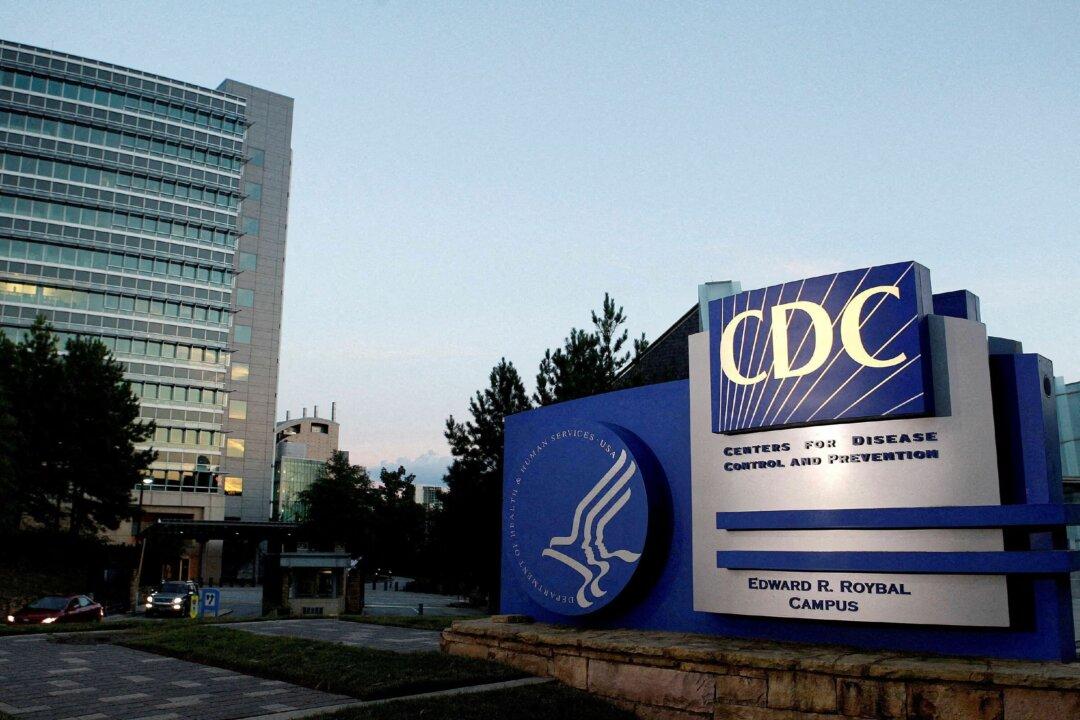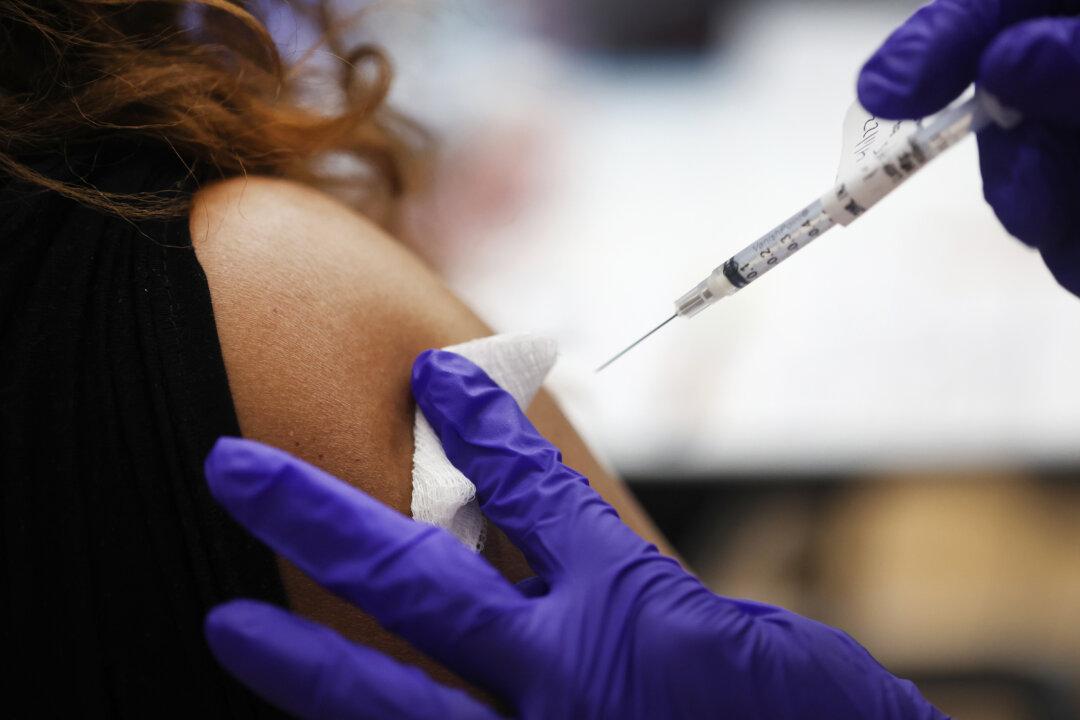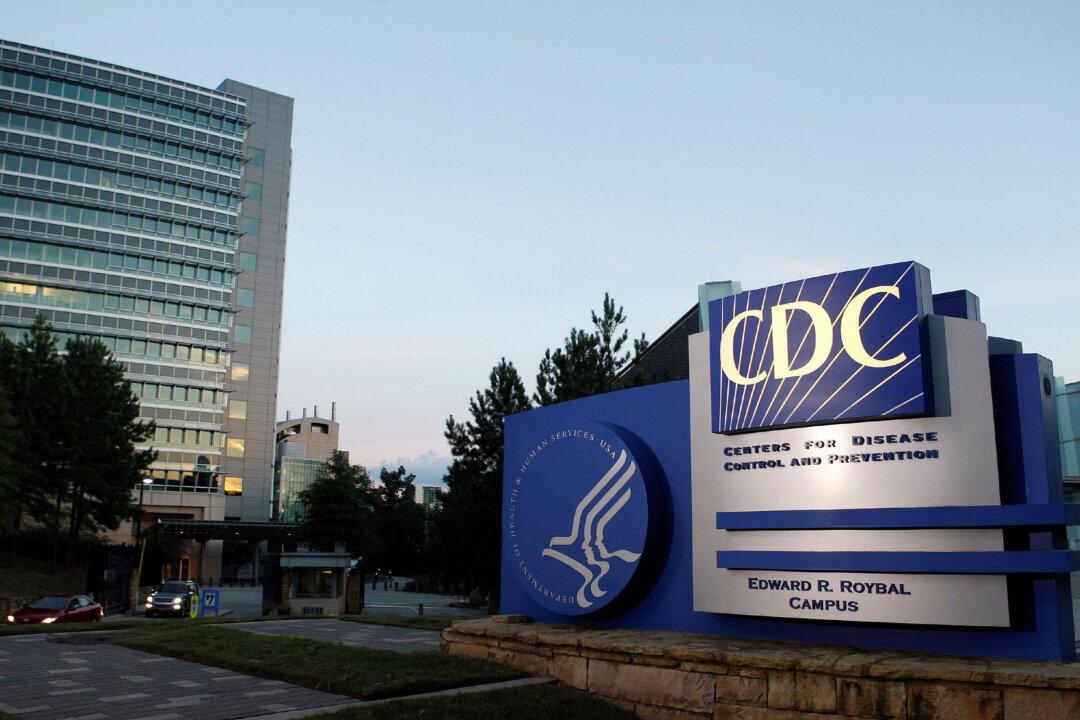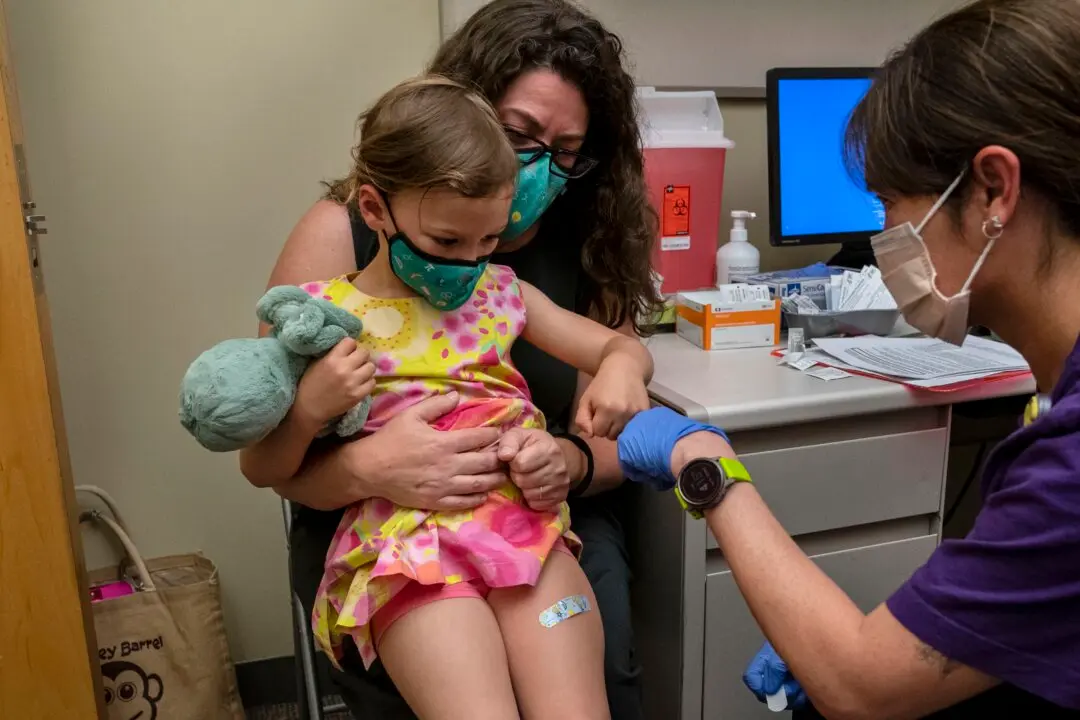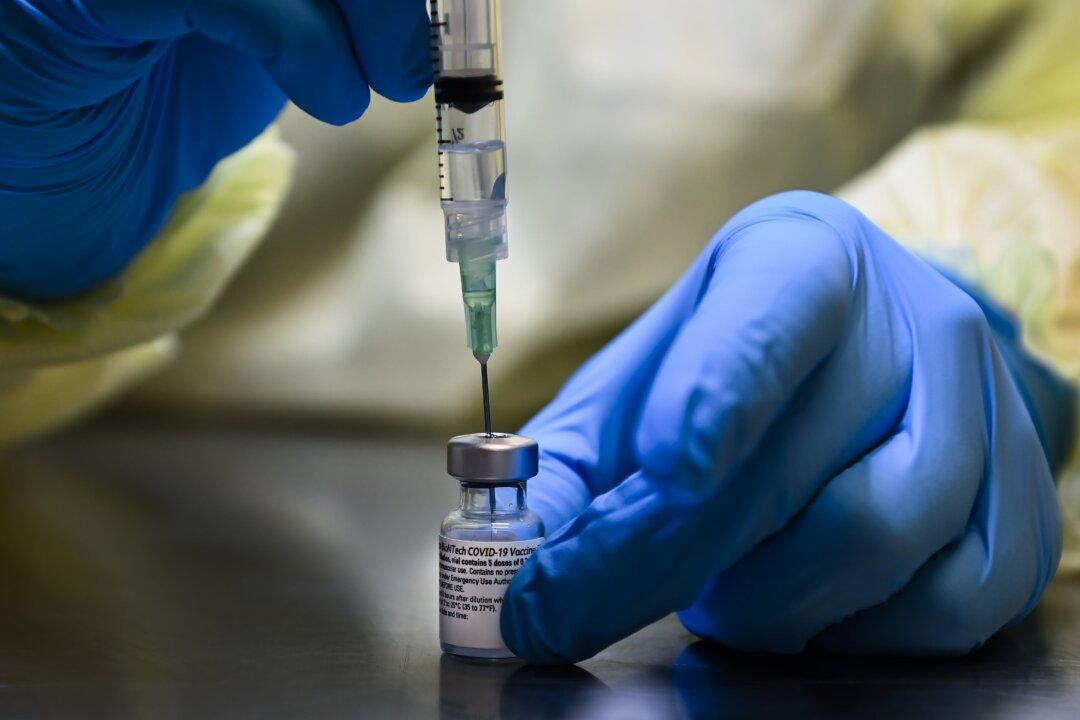Twitter has removed a warning that it had added to a study by the Centers for Disease Control and Prevention (CDC) as part of its campaign to limit what it claims to be “potentially harmful and misleading content.”
Twitter and other social networking giants are known to have worked closely with the CDC in controlling the narrative during the pandemic, including suppression of alleged misinformation, in emails obtained by Judicial Watch through a Freedom of Information Act (FOIA) in July 2021.

